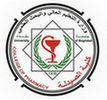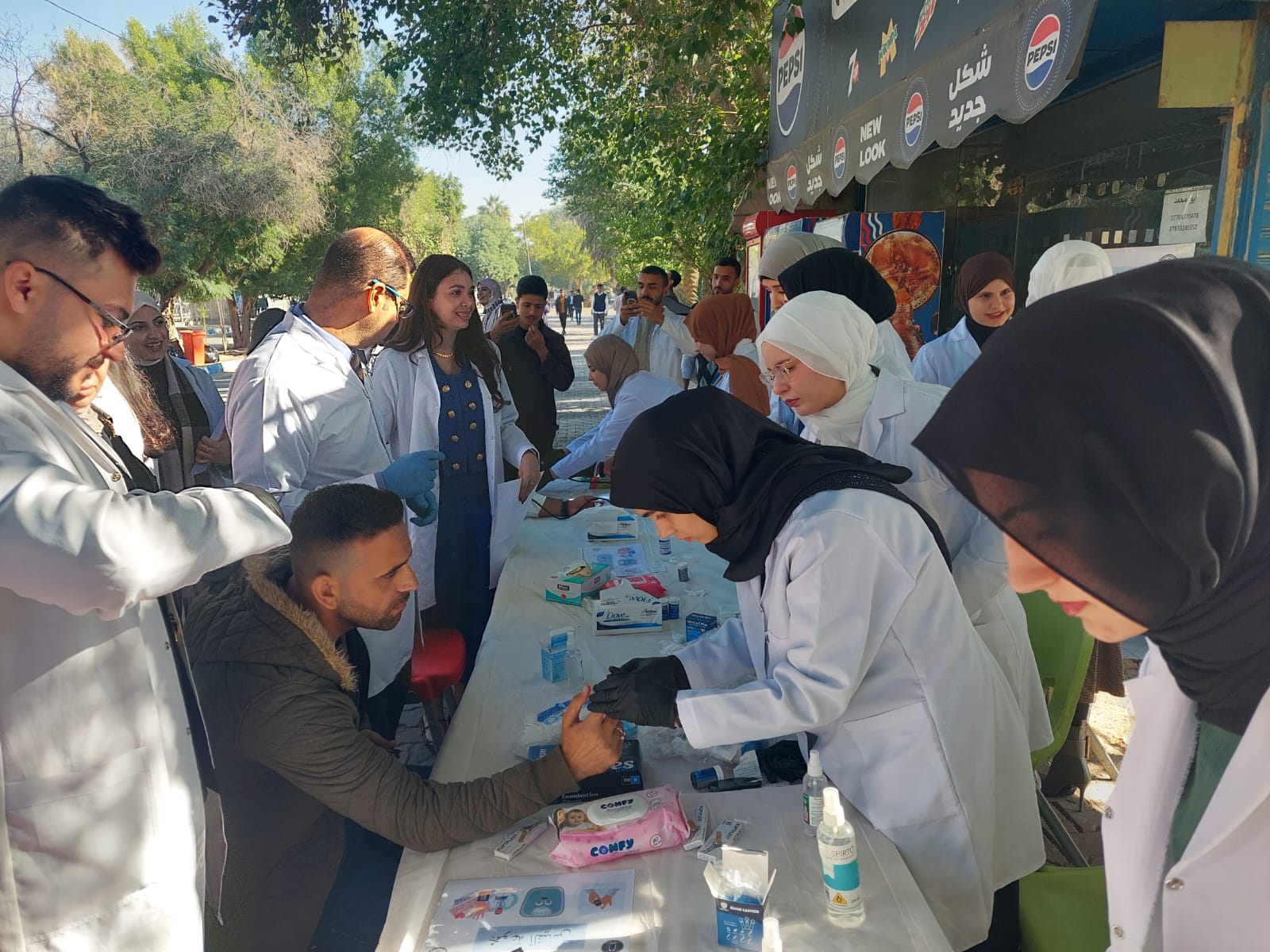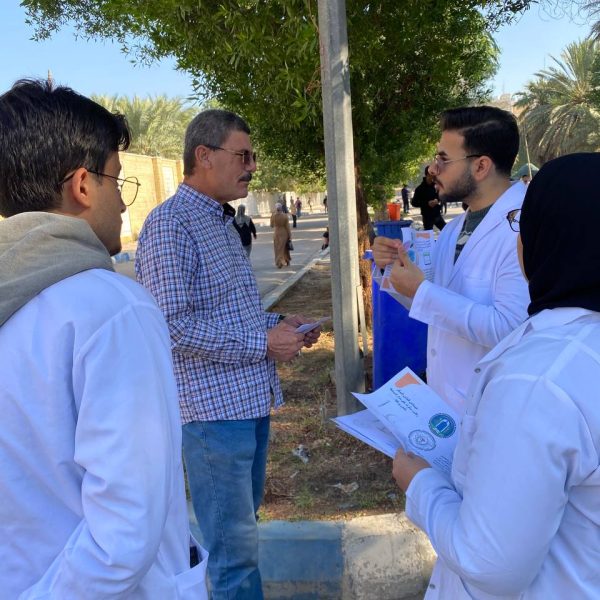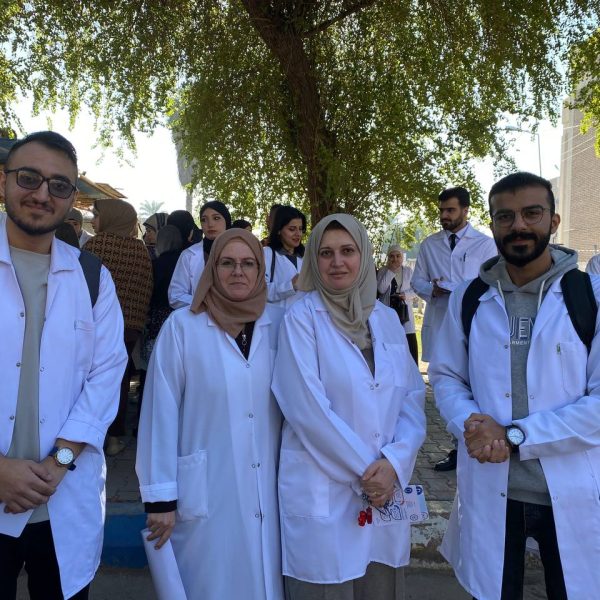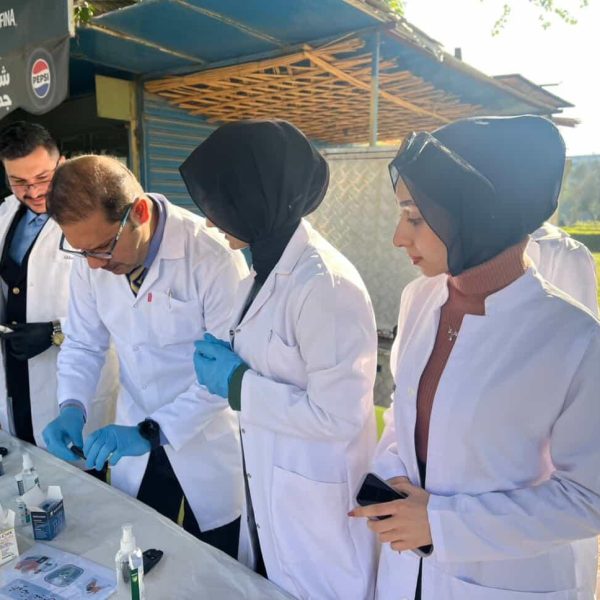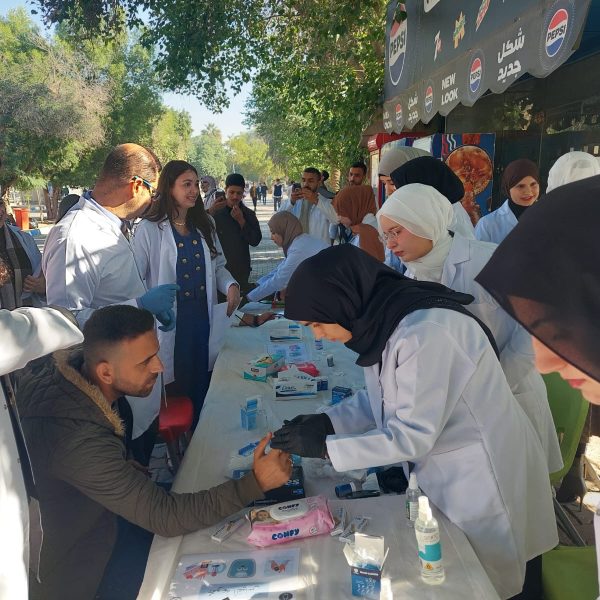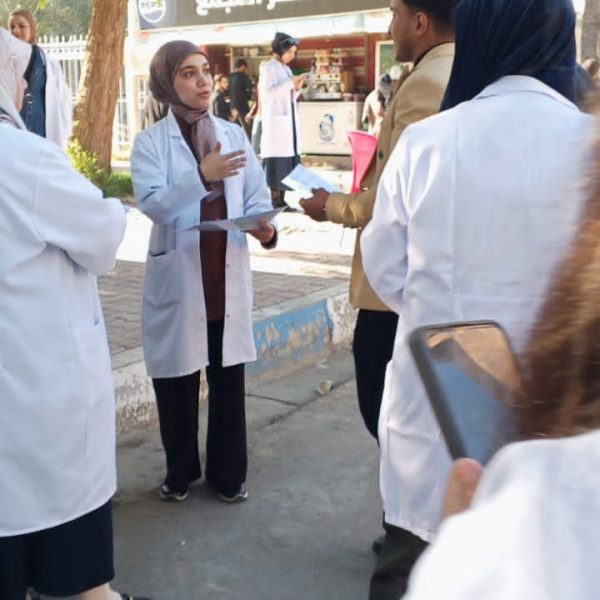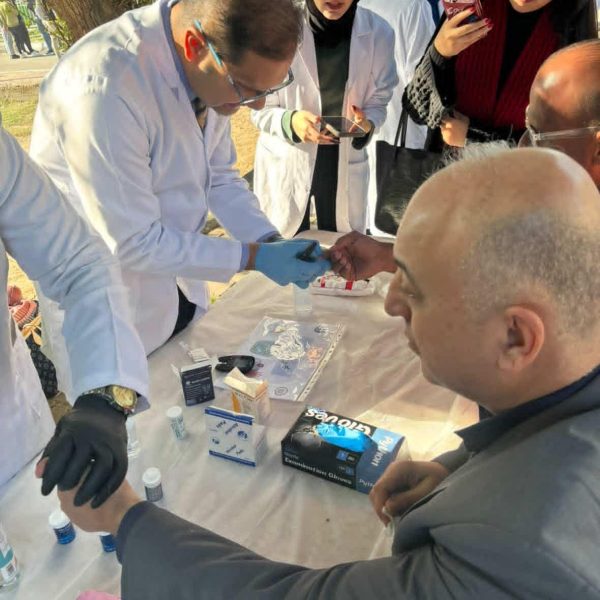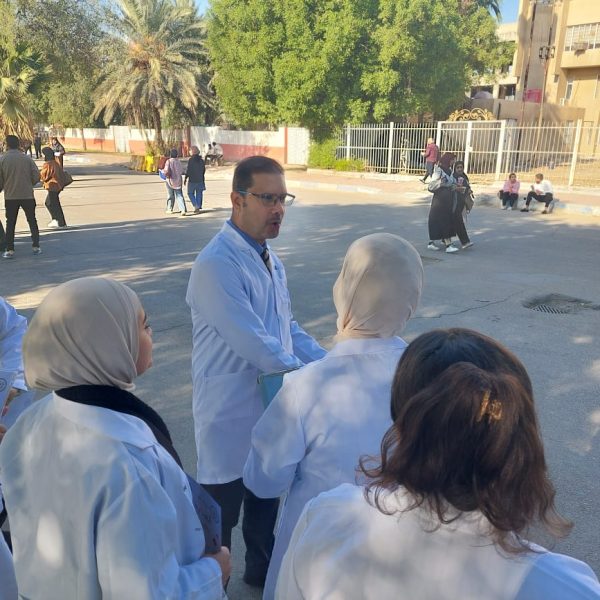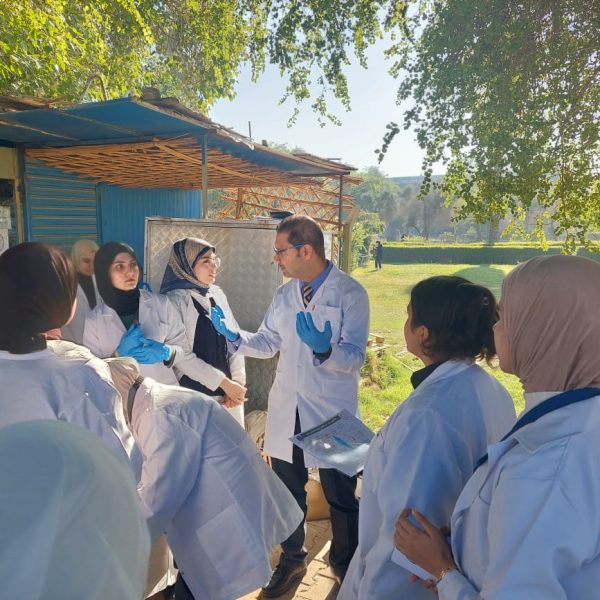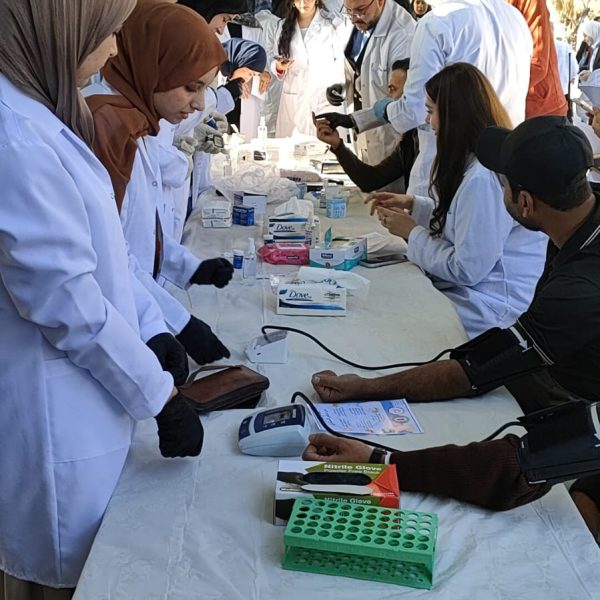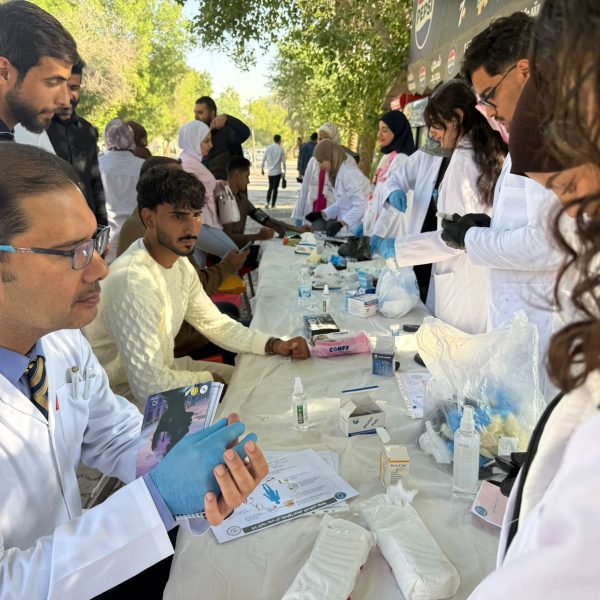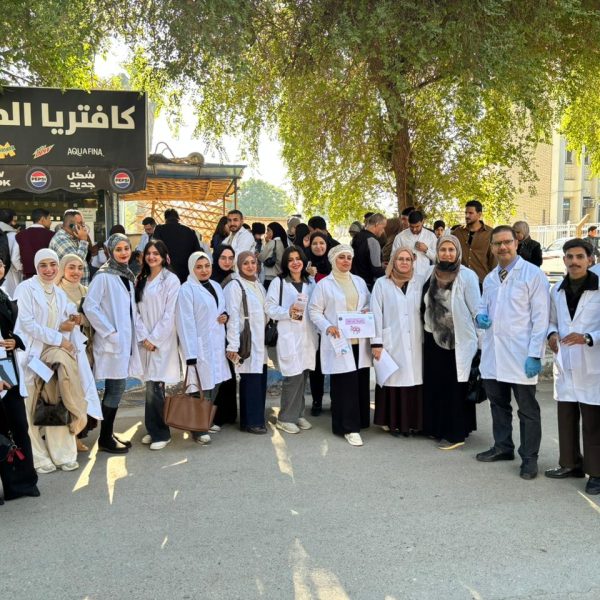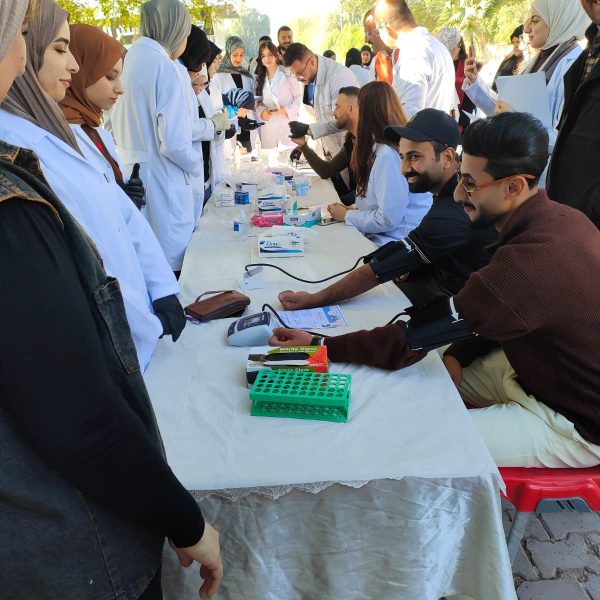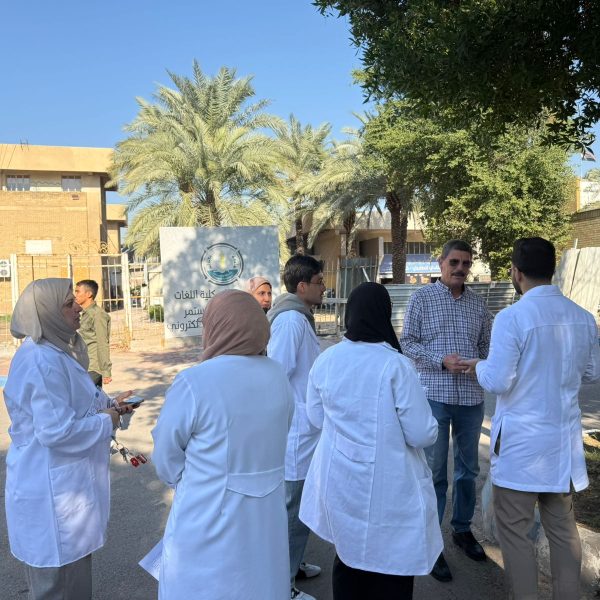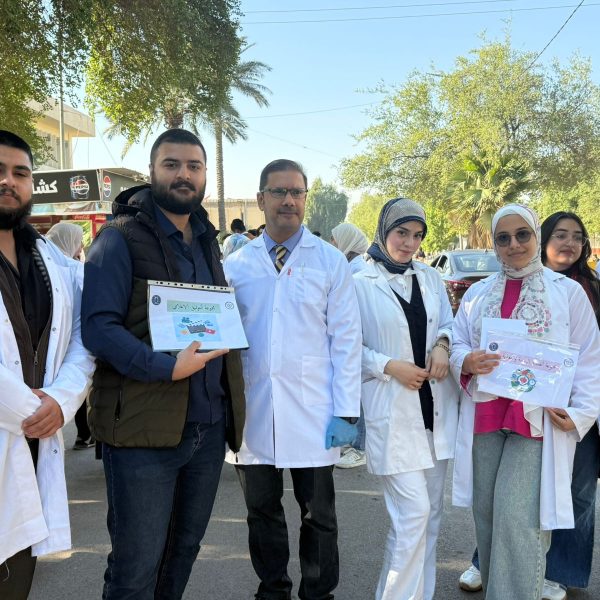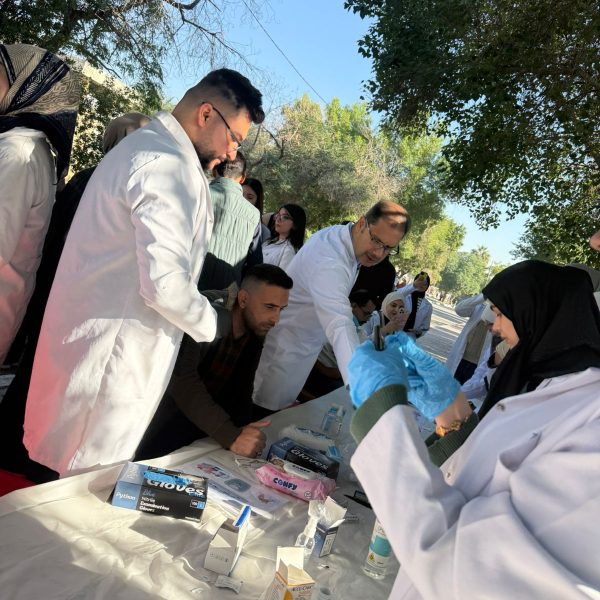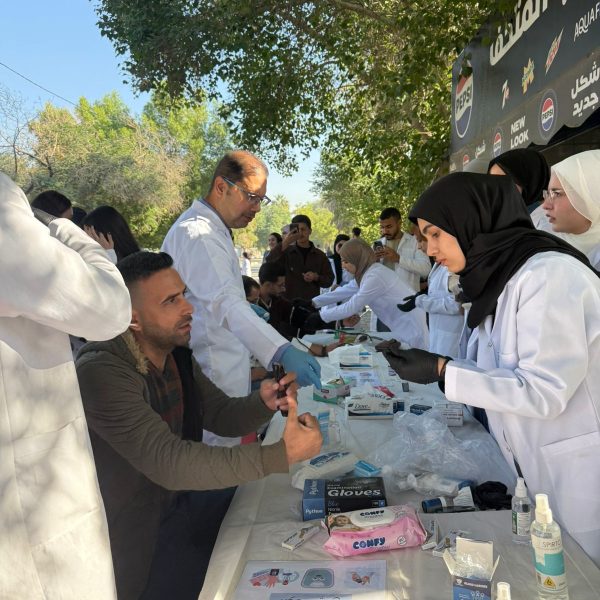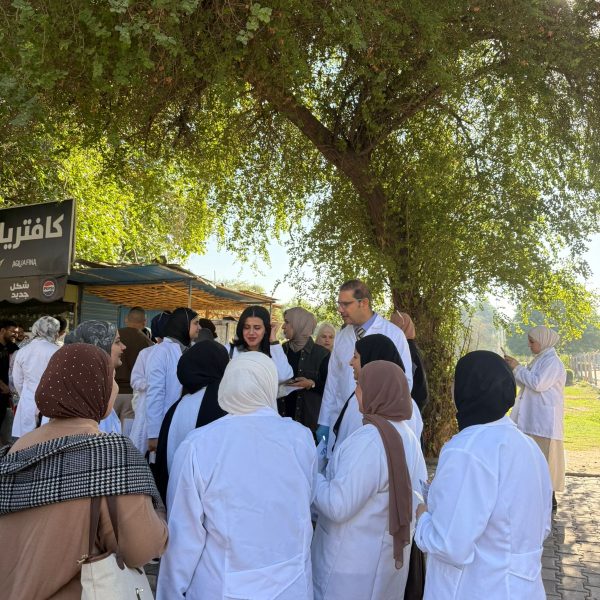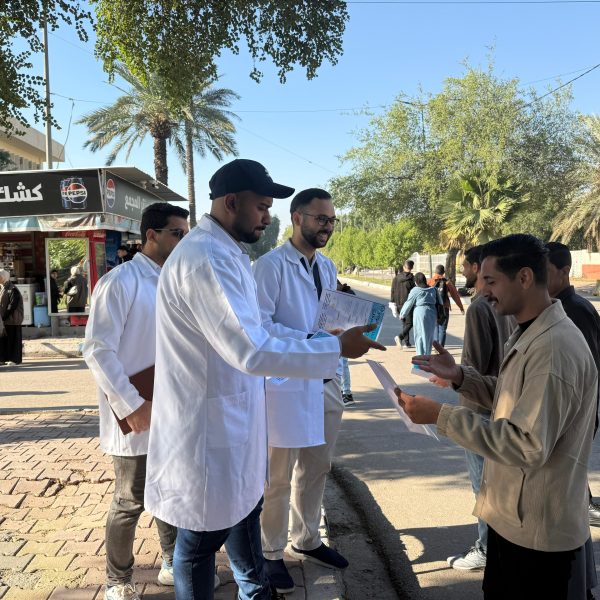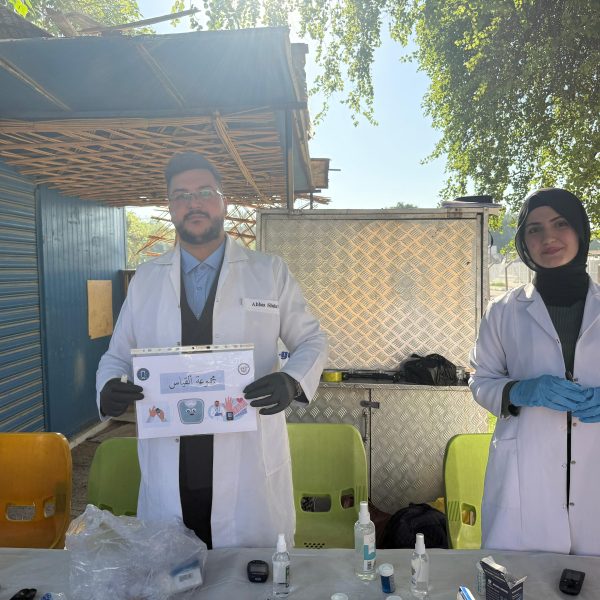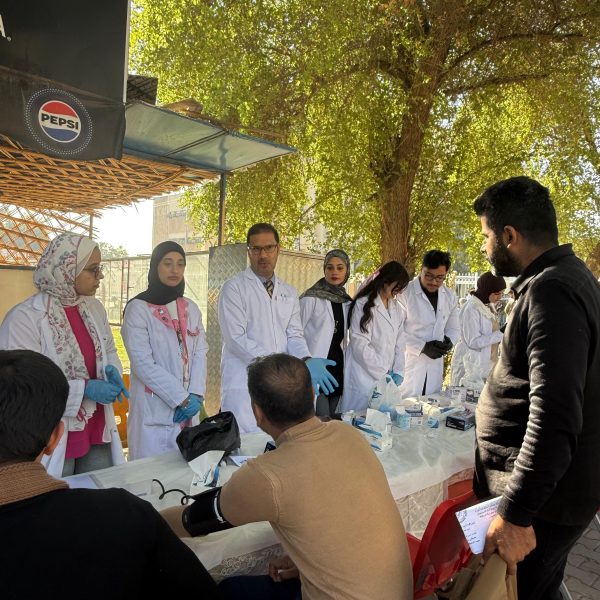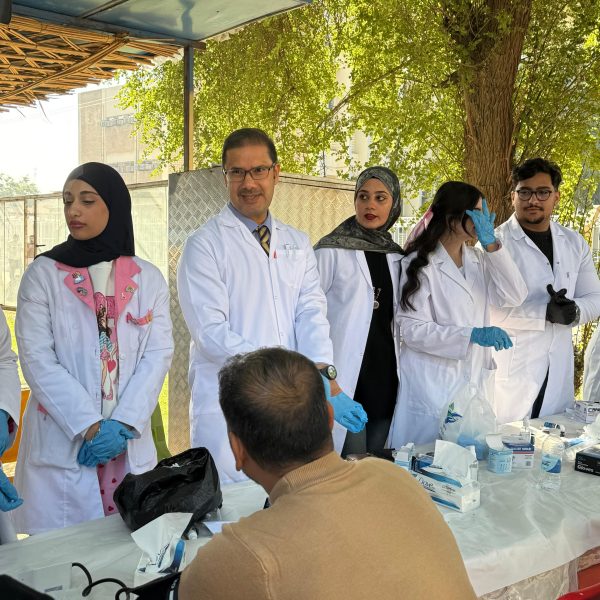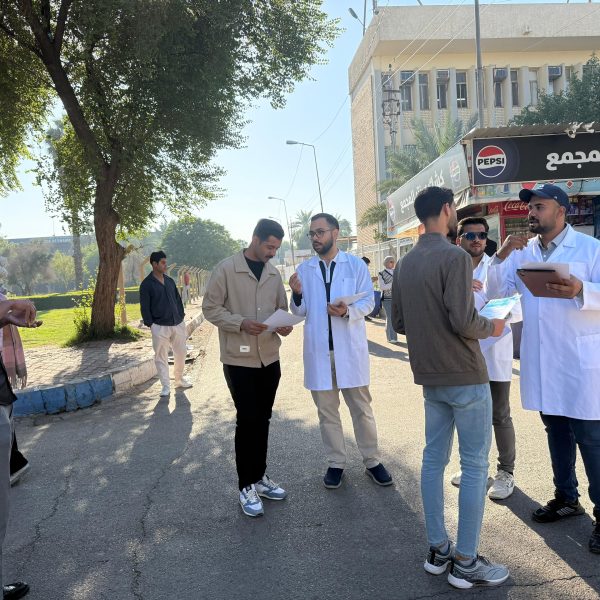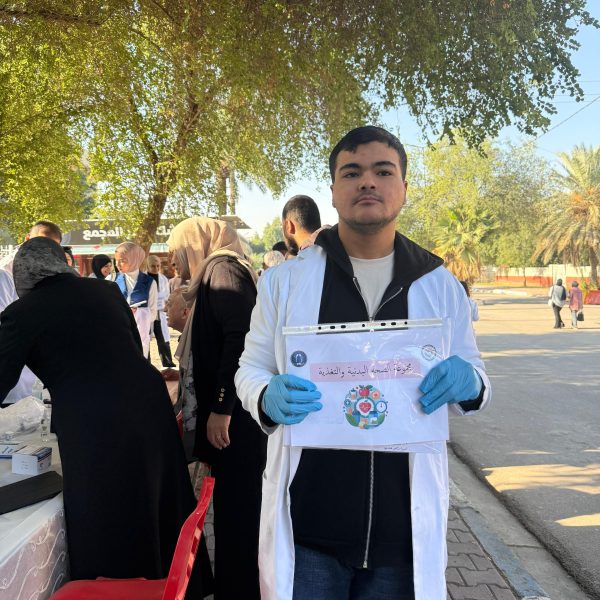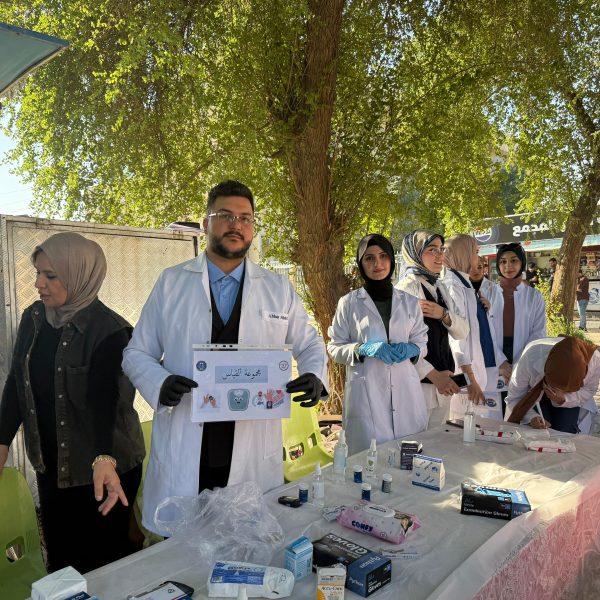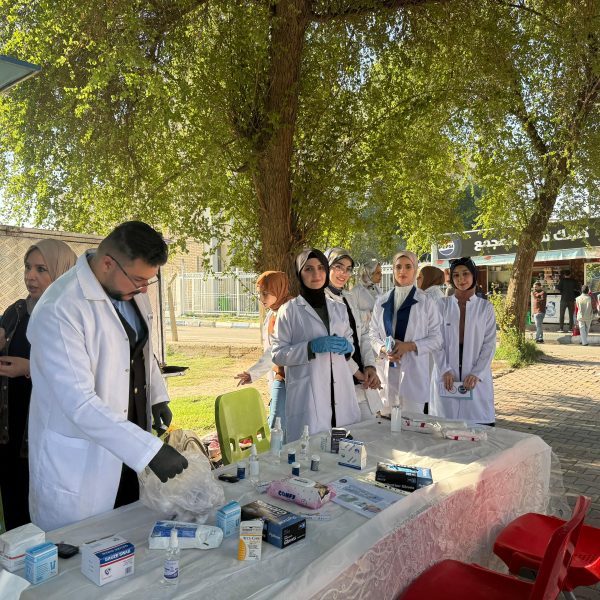Under the supervision of the Dean of the College of Pharmacy, Prof. Dr. Sarmed Hashem Al-Khateeb, the Scientific Affairs Unit, in collaboration with the Media and Government Communication Division and the Volunteer Work Unit at the University of Baghdad/College of Pharmacy, held an awareness campaign entitled “Diabetes: Types, Symptoms, and Prevention.” The campaign was carried out by a group of outstanding students under the guidance of distinguished faculty members from the Clinical Laboratory Sciences and Clinical Pharmacy Departments.
The campaign aimed to raise awareness about diabetes, introduce its different types, highlight its most common causes, outline the available treatment approaches, and emphasize methods of prevention.
The activities of the campaign were divided into several groups:
- Screening Group: This group measured blood glucose levels, blood pressure and recorded participants’ height and weight.
- Diabetes Awareness Group: They focused on explaining the nature of diabetes, its types, symptoms, and risks, with the aim of promoting a deeper understanding among the audience.
- Physical Health and Nutrition Group: They provided guidance on healthy dietary patterns suitable for people with diabetes and for prevention, in addition to introducing beneficial physical exercises.
- Psychological Support Group: This group focused on educating participants on how to communicate with individuals living with diabetes, the importance of providing emotional support, and the vital role of mental health in managing the disease.
- Scientific Challenge Group: They organized an interactive scientific challenge featuring various questions about diabetes, helping reinforce knowledge in an engaging way.
- Media Documentation Group: This group documented and photographed the campaign’s activities and the efforts of the different teams to highlight achievements and broaden outreach.
The campaign concluded by emphasizing the importance of diabetes awareness, promoting public health education, and strengthening the culture of prevention and early detection. The collective efforts of the groups contributed to delivering reliable medical and health information, educating participants on self-care practices, and highlighting the importance of nutrition, physical activity, and psychological support in managing the condition. Interactive activities and on-site screenings helped attract participants’ attention and deepen their understanding. Overall, the campaign successfully achieved its primary goal of raising awareness about diabetes and encouraging the community to adopt a healthy lifestyle that reduces its risks.

